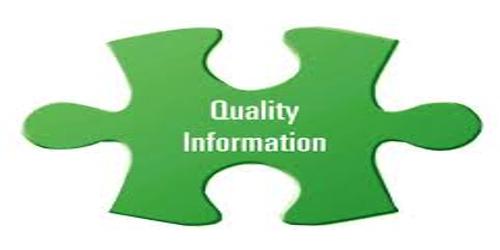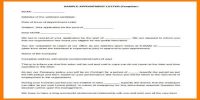Information quality (IQ) is a term to describe the quality of the content of information systems. It is often pragmatically defined as: “The fitness for use of the information provided.” Simply put, it is having the right information available at the right time and place and to the right people to run your business.
Followings are the attributes of quality information:
(1) Authority/Verifiability: Authority refers to the expertise or recognized an official status of a source. Consider the reputation of the author and publisher. When working with legal or government information, consider whether the source is the official provider of the information. Verifiability refers to the ability of a reader to verify the validity of the information irrespective of how authoritative the source is. To verify the facts is part of the duty of care of the journalistic deontology, as well as, where possible, to provide the sources of information so that they can be verified.
(2) The scope of coverage: Scope of coverage refers to the extent to which a sauce explores a topic. Consider time periods, geography or jurisdiction and coverage of related or narrower topics.
(3) Composition and Organization: Composition and Organization have to do with the ability of the information source to present its particular message in a coherent, logically sequential manner.
(4) Objectivity: Objectivity is the bias or opinion expressed when a writer interprets or analyze facts. Consider the use of persuasive language, the source’s presentation of other viewpoints, its reason for providing the information and advertising.
(5) Integrity: Adherence to moral and ethical principles; soundness of moral character. The state of being whole, entire, or undiminished.
(6) Comprehensiveness –
- Of large scope; covering or involving much; inclusive: a comprehensive study.
- Comprehending mentally; having an extensive mental grasp.
- Insurance. Covering or providing broad protection against loss.
(7) Validity: Validity of some information has to do with the degree of obvious truthfulness which the information carries.
(8) Uniqueness: As much as ‘uniqueness’ of a given piece of information is intuitive in meaning, it also significantly implies not only the originating point of the information but also the manner in which it is presented and thus the perception which it conjures. The essence of any piece of information we process consists to a large extent of those two elements.
(9) Timeliness: Timeliness refers to information that is current at the time of publication. Consider publication, creation and revision dates. Beware of Web site scripting that automatically reflects the current day’s date on a page.
(10) Reproducibility (utilized primarily when referring to instructive information): Means that documented methods are capable of being used on the same data set to achieve a consistent result.
















